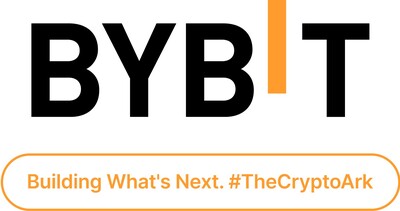
Secret Network and Etherlink have teamed up to empower builders across the Etherlink and Secret ecosystems!
LOS ANGELES, Aug. 27, 2024 /PRNewswire-PRWeb/ — Secret Network (Secret) today launches its Secret Builders’ Program in collaboration with Etherlink, the Layer2 EVM powered by the Tezos blockchain.
Secret Builders’ Program has been in beta and comes to a formal launch this month. Secret Builders’ Program is aimed at providing a complete care and support solution for startups and web2 businesses wishing to incorporate decentralized confidential computing (DeCC) into their dApps.
A total of five companies will be adopted into Secret Builder’s Program, from an open selection process. The target five companies will be interested in building on Etherlink and Secret’s Confidential Computing Layer (CCL).
Executive director of Secret Network Foundation, Lisa Loud, says: “We understand that privacy is a key component for most businesses, but it has been difficult to combine blockchain’s transparency with the technical ability to build in confidentiality. This is what Secret does, and by partnering with Etherlink we are going to offer builders the opportunity to not only include privacy at base but also to avail of all the other supports through the robust ecosystems of both Secret and Etherlink.”
Support provided will include financial modelling mentoring from Secret – together Secret and Etherlink will also offer developer support and key technical planning. The successful startups will learn pitch development and an opportunity to practice until they are pitch-perfect. There is a possibility of grant consideration also from the two giants.
Siddharth Singhal welcomes the collaboration as a support for the Etherlink builders. “With the Builder’s Program from Secret, Etherlink builders who are innovating SecretPath (available on etherlink mainnet beta) will now have a dedicated support program from both ecosystems.”
As a reference for builders, the Secret Network team has provided documentation and demo applications showing its Confidential Computing Layer in action on Etherlink. Examples include confidential voting, secure random number generation, encrypted storage, and sealed-bid auctions.
Secret Builders’ Program is open now with submissions being accepted until the end of the month. Apply here.
In the month of September, the five successful applicants will be announced. The program runs over the four weeks of September with the alumni graduating in the first week of October.
About Etherlink
Etherlink is an EVM-compatible Layer 2 blockchain powered by Tezos Smart Rollups. It’s permissionless, inherits Tezos Layer 1 security, and features a decentralized governance model, fraud proofs, and censorship resistance. It’s fast, fair and (nearly) free with extremely low transaction costs, and features MEV protection by design.
About Secret Network
Secret Network aims to bring privacy to blockchain technology with scalable, permissionless smart contracts designed for privacy by default. Live since September 2020, it was the first protocol to offer private smart contracts on mainnet, now supported by over 100 builders and 30+ DApps.
Media Contact
AnewbiZ, Secret Network Foundation, 1 (909) 454-6476, info@scrt.network, https://scrt.network/
![]() View original content to download multimedia:https://www.prweb.com/releases/secret-network-launches-first-secret-builders-programme-with-etherlink-powered-by-the-tezos-blockchain-302231184.html
View original content to download multimedia:https://www.prweb.com/releases/secret-network-launches-first-secret-builders-programme-with-etherlink-powered-by-the-tezos-blockchain-302231184.html
SOURCE Secret Network Foundation



